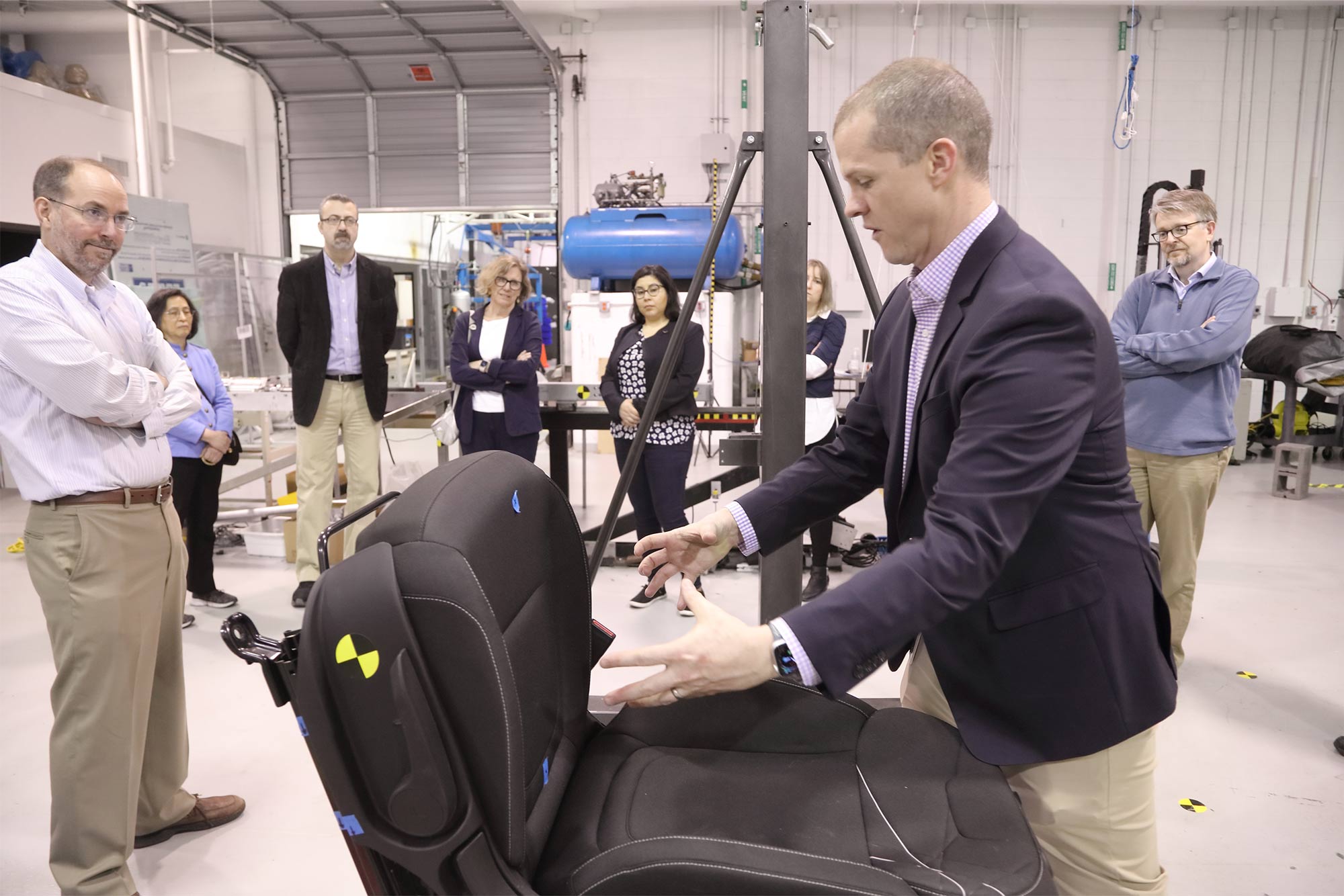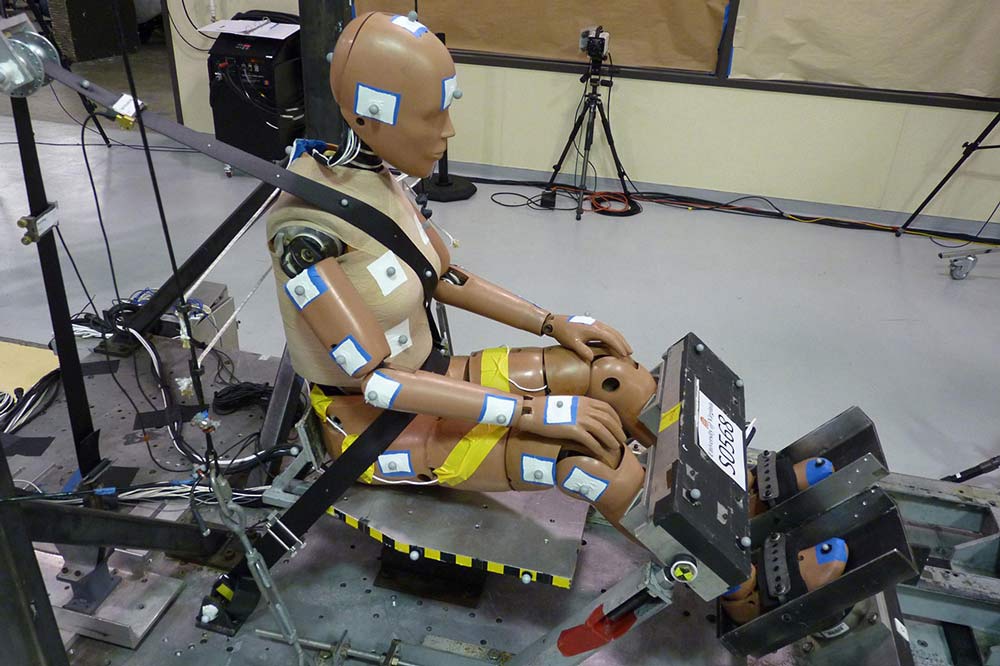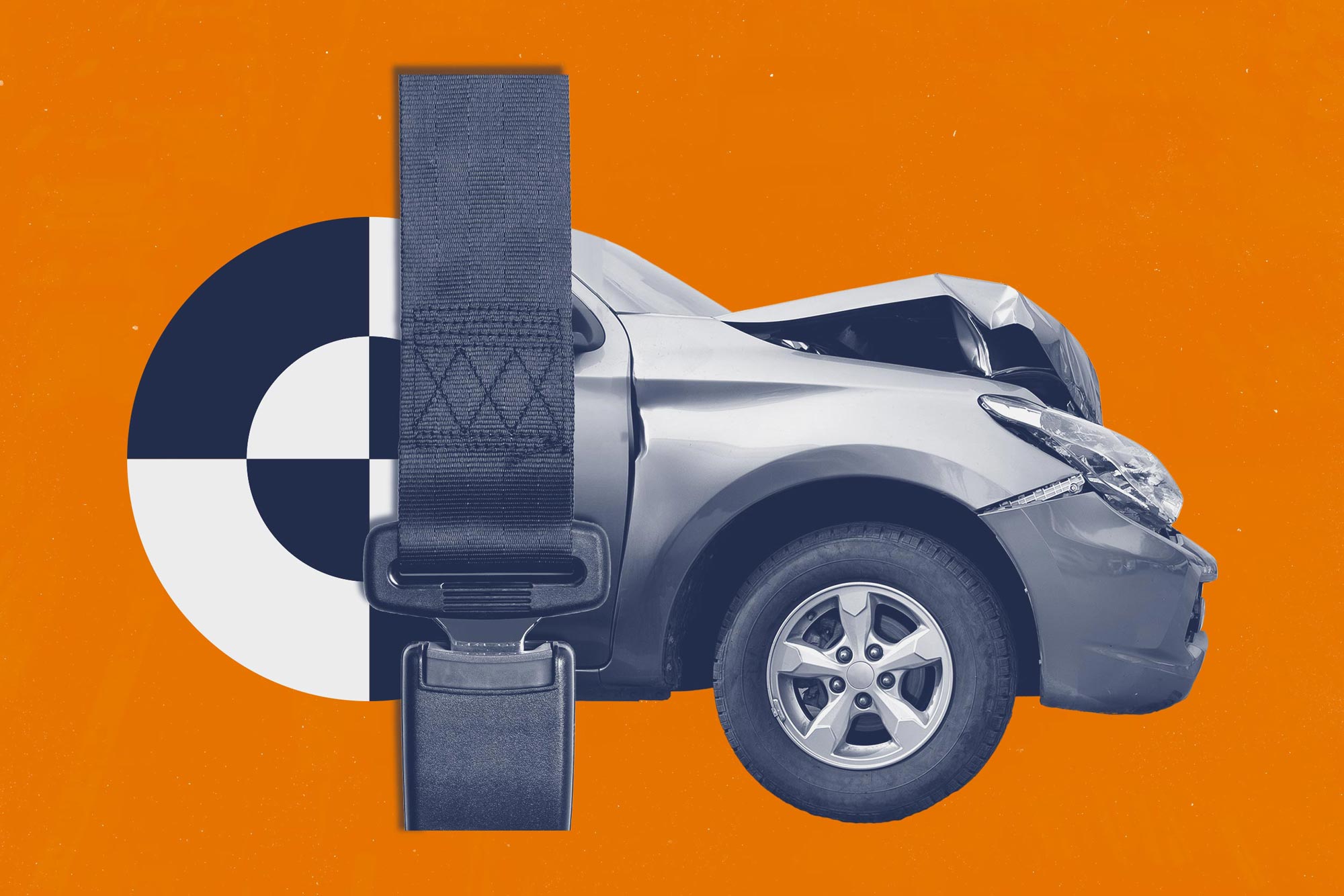After seeing that decades of success in reducing auto fatalities had stalled and even begun to lose ground, federal highway officials are turning to the University of Virginia to help change the troubling trend on roadways.
The National Highway Traffic Safety Administration has awarded UVA’s Center for Applied Biomechanics more than $4 million, with the potential to increase the amount to $11 million, to further its groundbreaking research on how to reduce crash deaths.
The funding comes via the Bipartisan Infrastructure Law that boosted the budget for improving transportation infrastructure.
Of 12 available research contracts from NHTSA, the UVA center won eight, which “shows how essential the center has become to the federal government’s efforts,” said Jason R. Kerrigan, director of the center and an associate professor of mechanical and aerospace engineering.

Among other things, the research will focus on:
- Why women wearing seatbelts are hurt far more often in crashes than men.
- What effect reclining in a passenger seat has on injury risk in a crash, which could be increasingly important as driverless cars start transporting more commuters.
- How to make buses and limousines safer for occupants.
- How to better protect pedestrians crossing roadways.
The government’s transportation agencies have perennially relied on UVA’s biomechanics center, in part because of its national reputation in researching car crashes and injuries. But the surprising rise in highway fatalities has given the center’s work new urgency and funding.
For 30 years, government agencies, highway safety advocates and car makers have driven down both the number and rate of roadway fatalities. But during the pandemic, the trend reversed.
The center is a natural choice for this research because of its longstanding partnership with the federal agency. The center employs cutting-edge technology in its research, including special “sleds” that can replicate almost any kind of crash scenario. The results of previous UVA-NHTSA research collaborations have led to safer car designs.
“Our field has done a great job in making cars safer through advanced seatbelts, airbags, vehicle designs and collision-avoidance technologies,” Jason Forman, an associate research professor of mechanical and aerospace engineering, said. “Cars are much safer than they used to be, but we still have work to do. It’s very encouraging that the government is continuing to invest in fundamental research to keep building on the momentum of the past 50 years of automotive safety research.”

A female crash-test dummy is secured in an apparatus that tests seatbelts during sudden stops. (Contributed photo)
In 2019, the center published a groundbreaking study that showed seat-belted women are far more likely than men to be seriously hurt in frontal car crashes. The new government contracts will allow the center to follow up that finding with research aimed at a solution.
With the government funding, the center will undertake what it calls “the largest injury biomechanics study on person-to-person variability ever performed,” meaning researchers will look not only at how restraints affect men and women differently, but also young and old passengers, and thin and heavy passengers.
The federal dollars will also fund two other research avenues: an examination of pedestrian deaths that are up more than 50% since 2008, and further assisting the U.S. Department of Transportation in the advancement of crash-test dummies and computer models of the human body.
Media Contact
Article Information
June 30, 2025






